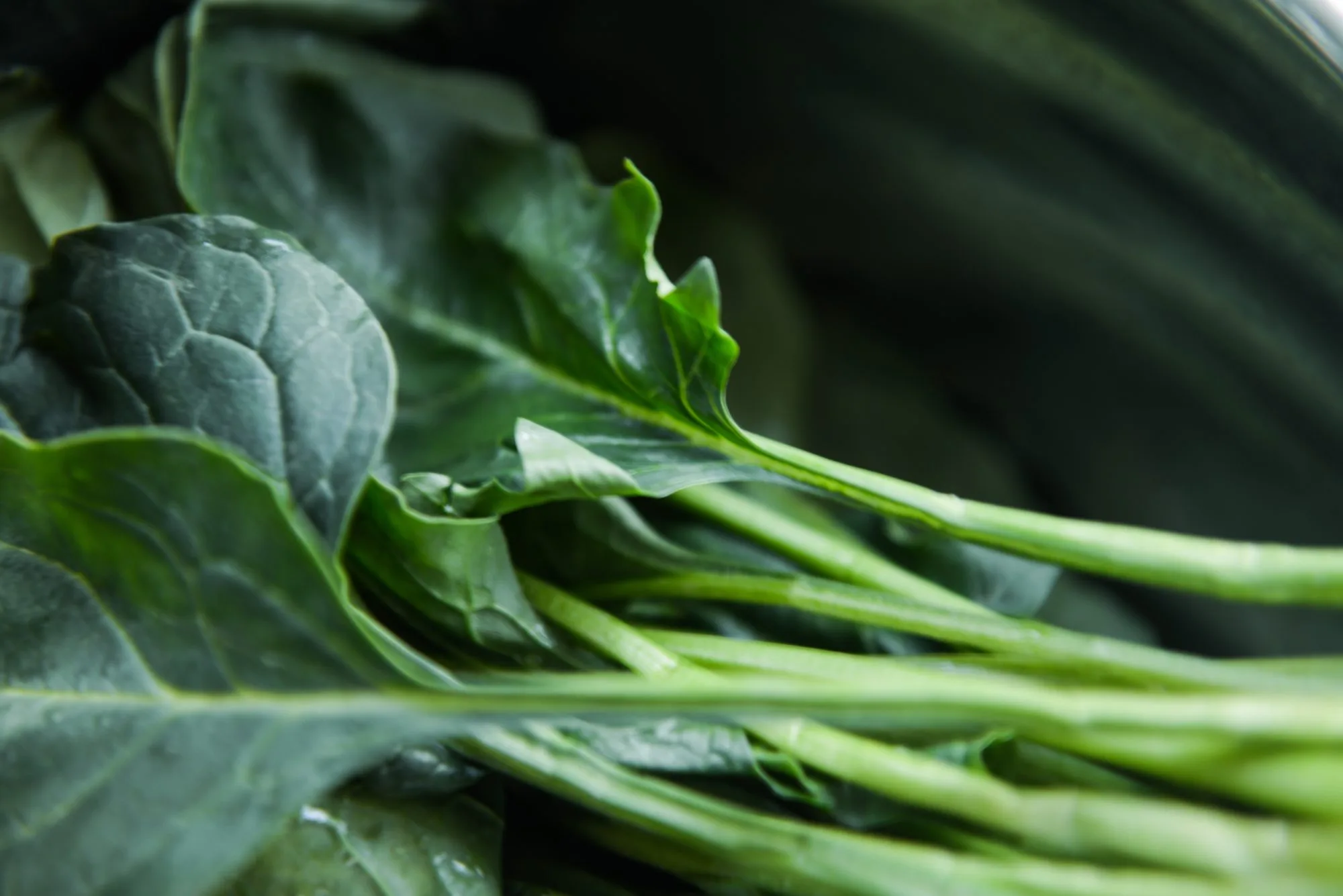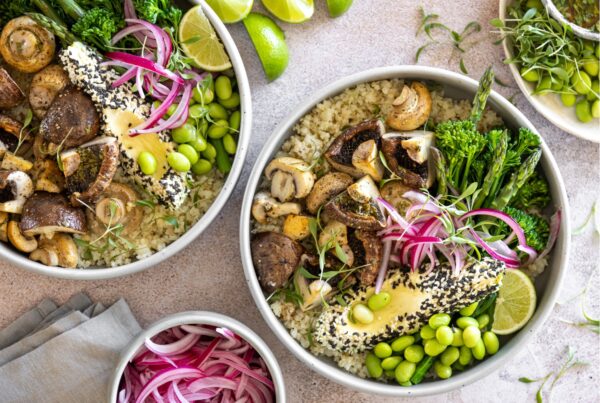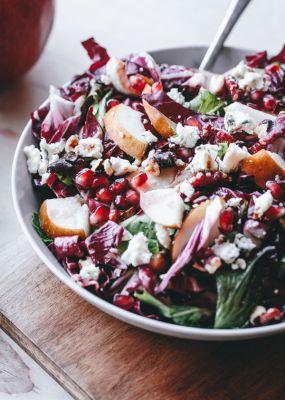Mchicha leaves and amaranth grain powder is a newly found superfood that’s harvested abundantly in Kenya and Tanzania, The spinach-like leafy green is nutritionally dense and contains tons of calcium, iron, vitamins A, B, and C. It is also very low in carbohydrates and could play a very important role in your diet. Quinoa, step aside and make room for amaranth instead.
Mchicha or amaranth is a herbaceous annual plant. It belongs to the family Amaranthaceae and has green or red leaves. The first time I stumbled upon this plant was during my search for spinach in the local villages. I thought to myself, surely Watamu locals enjoy their leafy greens. Turns out I was right. I accidentally picked up a bunch of greens thinking they were spinach when they were actually mchicha.
The leafy green plant has branched flower stalks that bear small seeds. These seeds come in different colors from gold and pink to shiny black. The local people call these seed terere or mchicha. Of course, I had no idea what I was buying at the time. Only to find out that I have just struck gold because they’re a nutritional goldmine.
Mchicha Leaves Are The New Spinach
Okay, fair enough, finding mchicha leaves fresh from the vegetable store near you might be tricky. It’s not the most common kind of plant that’s farmed. However, you can look into finding yourself some amaranth because it’s derived straight from mchicha and will give you loads of the same health benefits. We’ve heard about kale, spinach, chard, and spirulina. Yet, nobody seems to talk about this powerful green plant. I thought I’d give you some insight and another reason to come visit Kenya!
Amaranth was cultivated by the Aztecs and in a few other tropical climates. Interestingly, it is now experiencing a resurgence in popularity because it’s also a gluten-free protein. This is really fantastic for those allergic to gluten. Although amaranth is derived from the fruit which has a flowering plant. It is mostly referred to as a grain. That’s why a lot of articles and health stores call it that and compare it to a grain like quinoa.
Mchicha or amaranth is also an amazing high-protein grain when the seeds are eaten as cereal or as a leafy vegetable. The seeds can also be ground into flour, popped like popcorn, or cooked into porridge. In addition, the leaves are cooked alone or combined with other local vegetables like spider-plant, cowpea, nightshade, and pumpkin leaves. There’s a lot you didn’t know. Right?
If you can’t get your hands on fresh mchicha leaves then you can just opt for the grain instead. You’d be amazed at its health rewards.
1. Mchicha Is Gluten-Free
A little bored with the classic oatmeal or quinoa porridge? Try amaranth as a hot cereal to eat in the morning. See the recipe here. You can even use it as flour and for baking. Some even pop it like popcorn and serve fish with it.
2. It’s Very High in Protein
Just one cup of amaranth grain has 28.1 grams of protein compared to oats at 26.1. Better yet, it’s healthier to eat protein from plant-based sources rather than animals, because meat often comes with fat and cholesterol.
3. Amaranth Provides Essential Lysine
This superfood is high in lysine, an essential amino acid that the body can’t manufacture. It contains more than any other grain. Lysine helps metabolize fatty acids into energy, absorb calcium, and even keep the hair on your head intact.![mchicha [longevity live]](https://longevitylive.com/wp-content/uploads/2019/02/images.jpg)
4. Prevents Hair Loss and Graying
If your worst fear involves losing your hair, then this grain will help you! You can use the juice from the leaves and apply it after shampooing. Personally, I haven’t tried this yet. But the locals swear by it for moisturizing and flattening wiry gray hair.
5. Reduces Risk Of Cholesterol And Cardiovascular Disease
Apparently, amaranth seeds and oil (found in the seed) have fiber which contributes to lower cholesterol and risk of constipation. It’s also rich in phytosterols, which are also known for lowering cholesterol.
6. Abundant In Calcium
Amaranth helps reduce the risk of osteoporosis and other calcium deficiencies because it has twice as much calcium as milk.
7. Amaranth Is Full Of Antioxidants And Minerals
Interestingly, this is the only grain that contains vitamin C. In addition, it’s also high in vitamin E, iron, magnesium, phosphorus, and potassium, which are necessary for overall health. The leaves are high in vitamin C, vitamin A, and folate.
8. It’s an Amazing Appetite Suppressant
Protein reduces insulin levels in the bloodstream and releases a hormone that makes you feel less hungry. Amaranth contains about 15% protein, so the fact that it aids in weight loss or maintaining weight is one of the health benefits.
9. Improves Eyesight
There may not be any hardcore evidence behind this theory. However, locals believe that amaranth greens are a natural way to improve eyesight. You can eat them as a salad or brew them in tea.
10. Amaranth Is Easy To Digest
Amaranth is traditionally given to patients recovering from illness or people coming off of fasts. It’s the mix of amino acids that allows for very easy digestion.
This is what I love about our beautiful earth. It’s abundant in thousands of plants that contain nutrients that allow our bodies to thrive. There is also always so much to learn about the food we eat. That’s why you should never limit yourself to eating just one specific thing your whole life. Experiment. Explore. Travel.
Want to know more?
Living near the water, no matter where you find it will transform your health. If water intrigues you instantly with its therapeutic benefits, then just know you’re not the only one.



![women [longevity live]](https://longevitylive.com/wp-content/uploads/2020/01/photo-of-women-walking-down-the-street-1116984-100x100.jpg)










